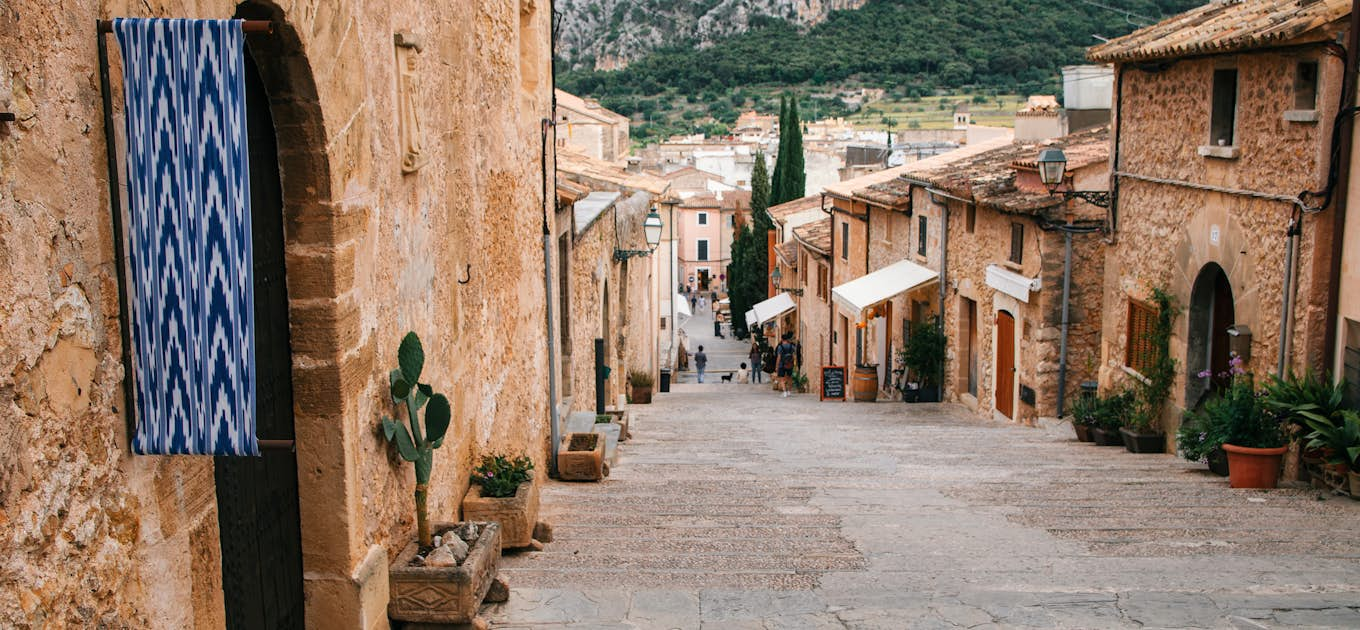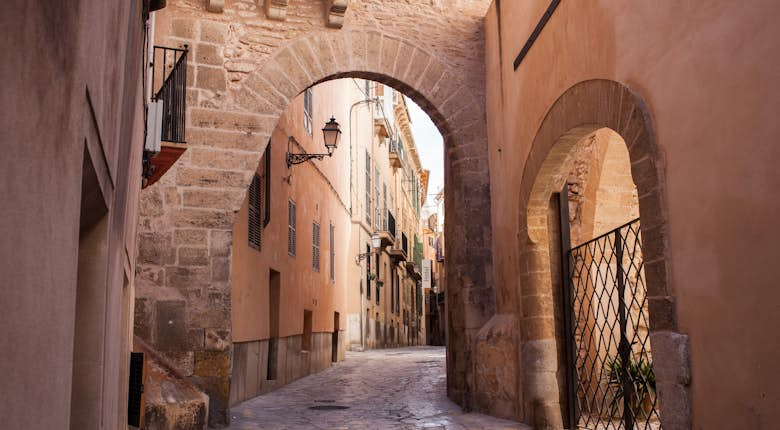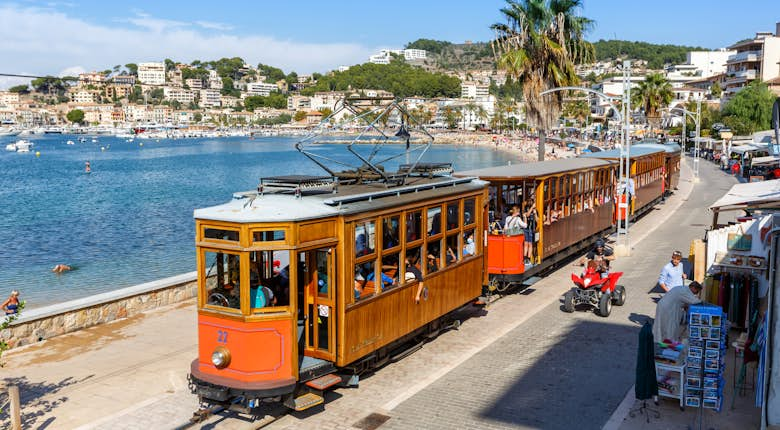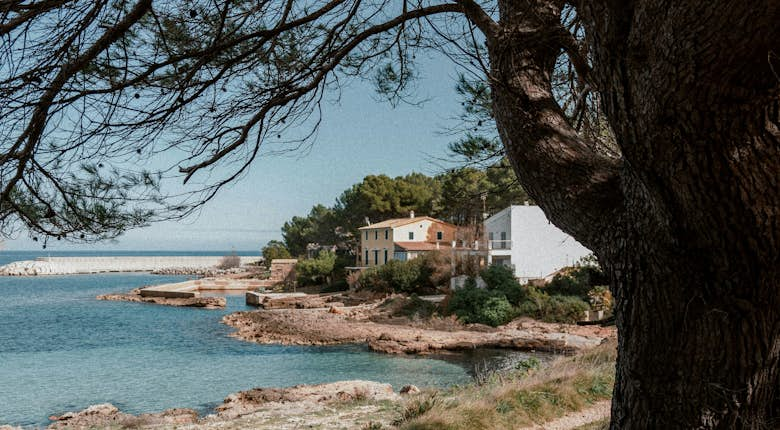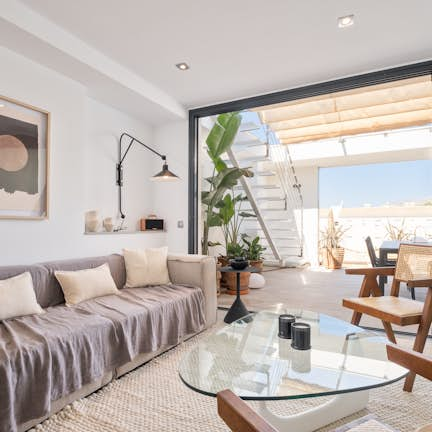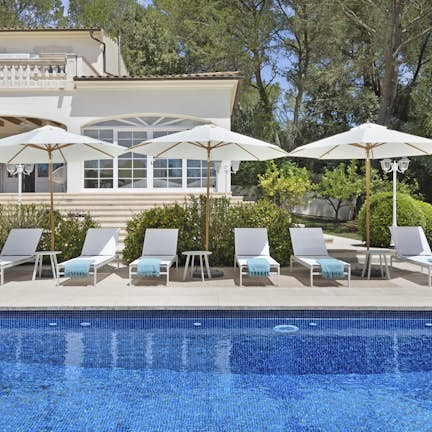Search Properties
Adults
Kids ages 3-15
Babies ages 0-2
French Alps
-
Alpe d’Huez Grand Domaine
- Alpe d’Huez
-
Portes du Soleil
- Les Gets
- Morzine
- Châtel
-
3 Vallées
- Courchevel
- Méribel
- St-Martin-de-Belleville
-
Tignes - Val d’Isère
- Val d’Isère
-
Pays du Mont Blanc
- Combloux
- Megève
- Saint-Gervais
-
Grand Massif
- Les Carroz d’Arâches
-
Paradiski
- Champagny-en-Vanoise
-
Espace Diamant
- Praz-sur-Arly
French Riviera
Spanish Coast
Pyrénées
Morocco
Swiss Alps
Adults
Kids ages 3-15
Babies ages 0-2
